During the past year it was with keen interest that I noted the revival of the Bent Press lift. It is my firm conviction that this lift will find its place in the future weightlifting contests.
You may ask the reason why I am so sure of the future popularity of the Bent Press. The answer is “Skill”. Today the leaders in every sport are those who stress skill and correct technique over “brute strength”. Always going forward to perfection, they exercise great patience and deliberance in their practices. They always feel that there is some minute fault which they must correct. Who knows but that great champions such as Pullum, Carquest, Inch and Theiolis might have been even greater if they had but made some small variation in their lifting style.
In performing the Bent Press, there are many things to consider. I have seen hundreds of people attempting this lift and almost all of them experienced great difficulty because they did not know just how it should be performed. I believe that the reason for the extreme awkwardness of those attempting this lift for the first time is the fact that they are completely misled by the name – “Bent Press’. It is my opinion that the correct name for this lift should be the “Body Supporting-Arm Extending” lift. If you carefully analyze this title while looking at the photograph of the correct lifting method, you may easily see the reason for this name. The name “Bent Press” implies, pressing while bending. This, however IS NOT the case. First, the “bent” position is assumed and only then does the pressing begin.
As it is usually easier to show a person “what-not-to-do” instead of “what-to-do” let us consider the photo of the Bent Press with the lady assistants.
When permission was requested by your editor, Joseph Weider, to print this picture, I was rather reluctant to do so because of the many glowering faults which it shows. However, it is such a fine example of “The Wrong Way” that I feel it will show many aspiring lifters some of the most common faults in the performance of the Bent Press.
Looking at the photograph of “The Wrong Way,” you will notice that the faults have been numbered.
(1) If a straight line is drawn from my hand through my elbow and down through my body you will see that the weight is not evenly distributed between both legs. Instead, the greater part of the weight is being brought to bear on my left leg and left arm.
(2) To counteract this uneven distribution of weight over my left leg, and in order to keep my balance, my right hip is pushed far out into an unnatural position.
(3) Not only is the bar tilted too far, but it is tilting in the direct opposite position from which it should be. This of course, is contrary to the natural slant caused by the closing of the hand on the bar; and therefore is causing unnecessary strain on the wrist. This strain, in turn, prevents the arm, as well as the shoulder joint, from locking.
How, with all these faults, did I manage to lift this weight totalling 300 lbs? Believe me, it was only arm and shoulder strength plus determination. Although I have done this hundreds of times it is NOT a good Bent Press. As far as I am concerned it is only a good strong arm “push.” If proper form and technique had been used, I know that I would have been able to exceed this weight by many pounds.
THE RIGHT WAY
Now, let us consider the picture of “The Right Way.” Here we approach something nearer the form by which the Bent Press started. In comparison to the technique in the other photograph, note the following improvements:
(4) The forearm is held in direct line with the centre of the lower body. This means that the weight is evenly distributed between both legs.
(5) The bar is resting in the comfortable slanting position in relation to the natural wrist position, and is well under control.
(6) The elbow is placed well the back of the hips.
All these factors show that there is no unnecessary strain at any point of the body.
Only when the position in “The Right Way” is assumed is the actual pressing motion started. The secret of easy elevation is bending FORWARD, not sideways. There is admittedly a slight lateral movement, but it merges into the major forward motion, and as you bend, the elbow is worked further around to the back.
The arm does no pushing until it is nearly locked, and it is only pushed then to complete the locking action. The arm is used mainly to control the weight, and any premature pushing effort nullifies the benefit of the support given by the ribs.
By pushing, when the body movement is exhausted, the arm takes over control of the weight.
When you feel certain that the arm is in complete control, you “sit.” In other words, you perform a slight squat in order to unlock the shoulder and take the upper arm away from the body. Then, of course, you stand up with the weight. When this is done, the lift is
completed.
Now, you must practise. Practise, and keep in mind at all times the points which I have mentioned here. Only by doing this can you reach championship perfection.
Pullum and Carquest were both adept at the lift. Both pressed about equal poundage. Both were FORWARD benders.
Saxon’s execution of the Bent Press was almost “letter perfect” at all times. His wonderful sense of proper technique, plus a powerful body enabled him to lift 370 lbs. in the Bent Press as well as other phenomenal poundage in all semi-supporting lifts.
When the world of weightlifters will produce another Saxon, nobody knows; but one thing is certain: any lift that combines skill and strength must be given as much thought and practice as possible.
That is the way in which champions are developed.
– Your Physique, Volume 9 #3, Jun 1948
-
Sale!

GGP: The Great Gama Protocol [ONLINE COURSE]
Original price was: $149.$99Current price is: $99. -
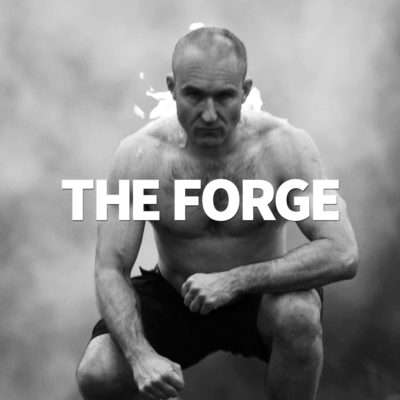
THE FORGE: Full Year’s Transformation Program [ONLINE COURSE]
$499 -
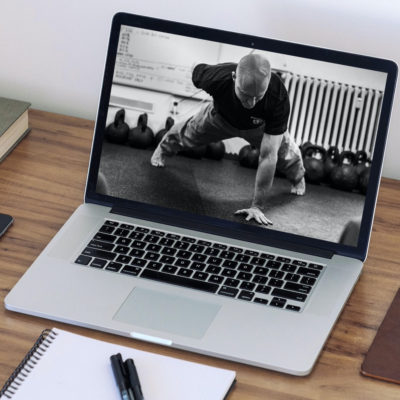
60 Minutes Online Private Lesson
$99 -

Hard Style Dumbbell Swing [VIDEO+MANUAL]
$0 -

StrongFirst RESILIENT—Chelmsford, United Kingdom—March 21-22, 2026
$795 -
Sale!
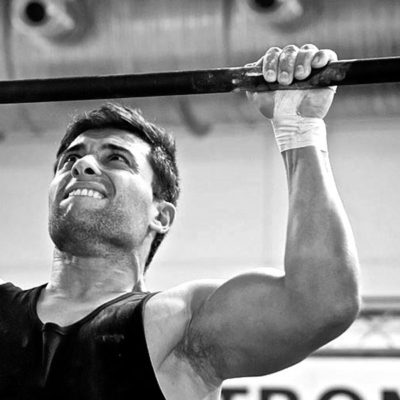
SFB StrongFirst Bodyweight Instructor Certification – Prague, Czechia, April 18-19, 2026
Price range: $1095 through $1295

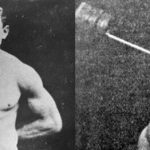


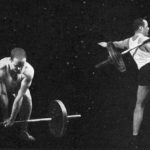
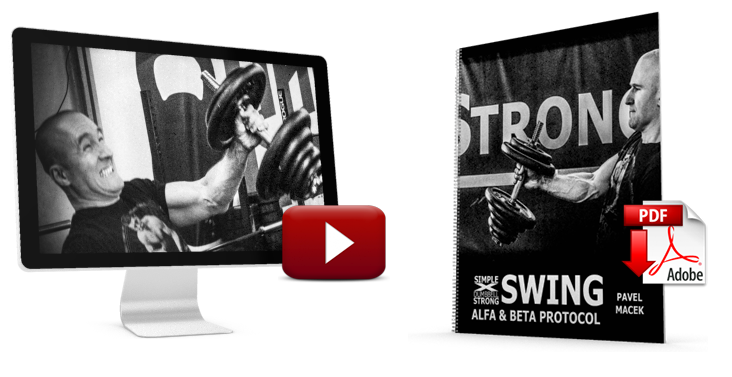

![Enter the Dumbbell! [ONLINE COURSE]](https://simplexstrong.com/wp-content/uploads/2025/12/strongfirst-enter-the-dumbbell-400x400.jpg)





